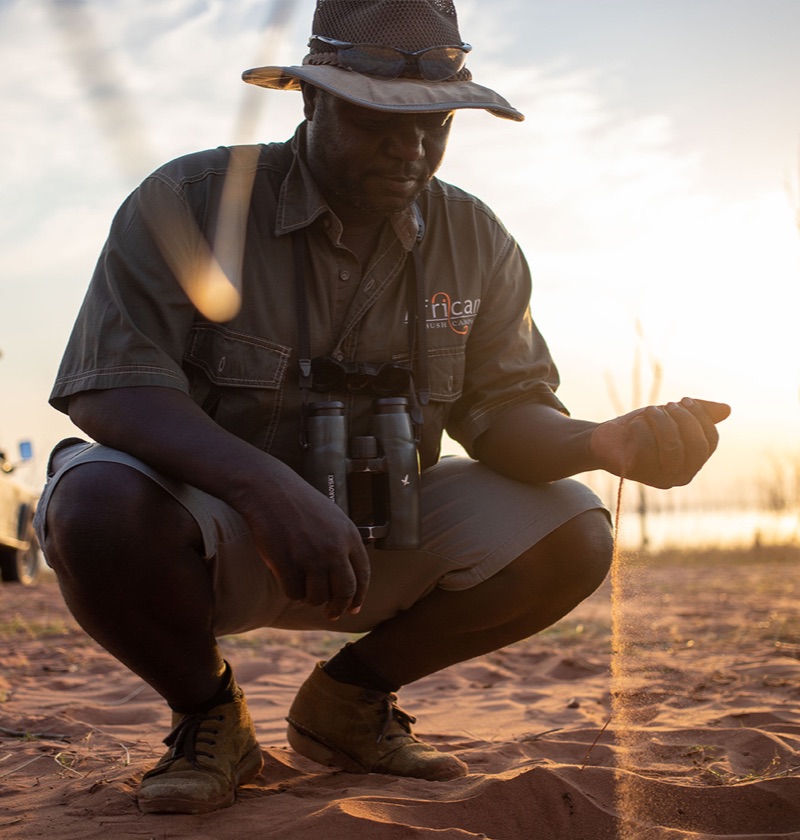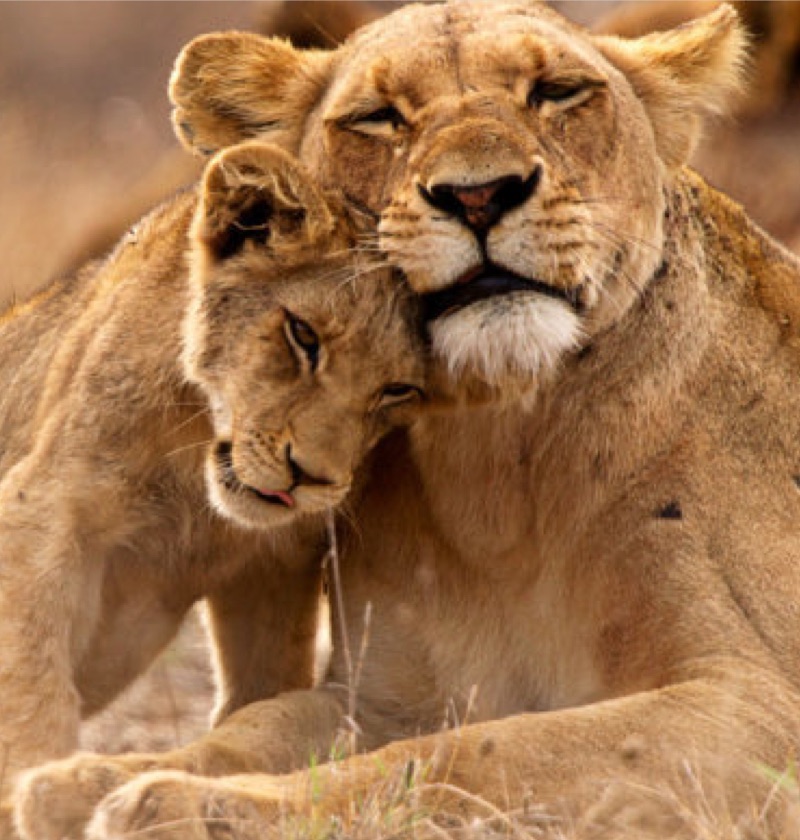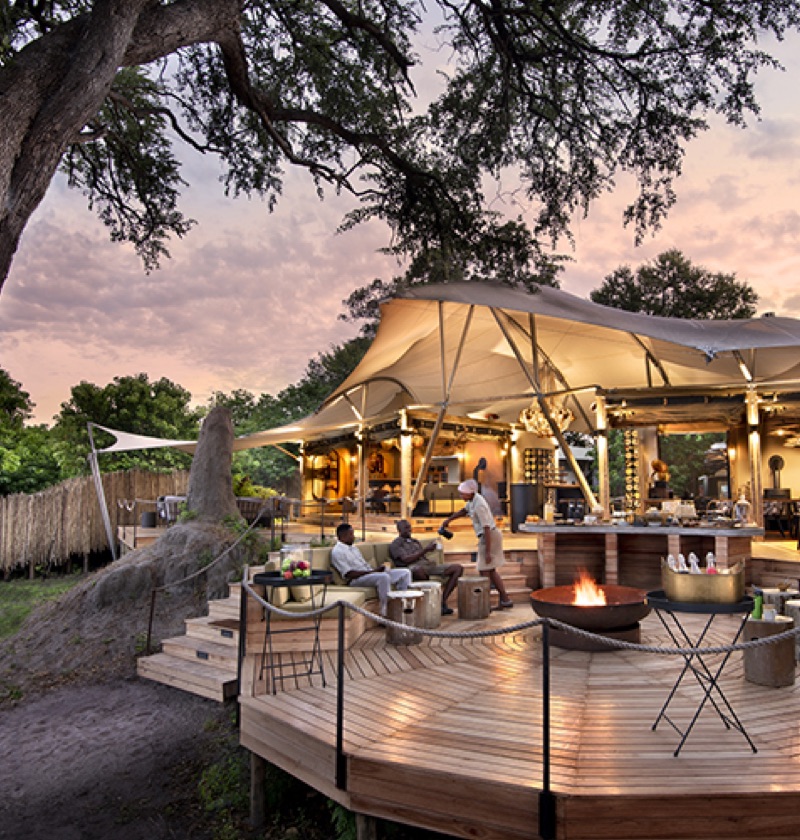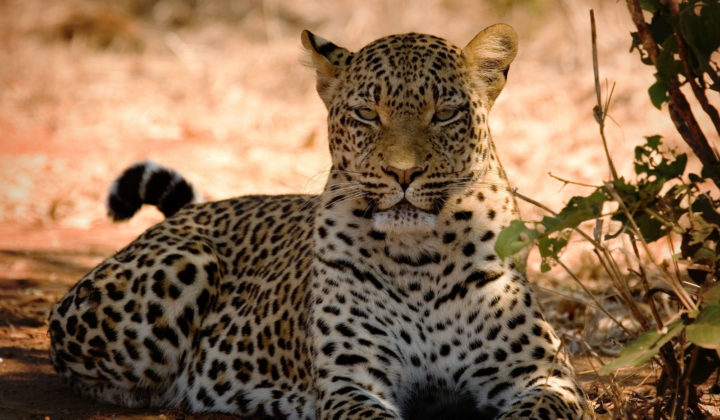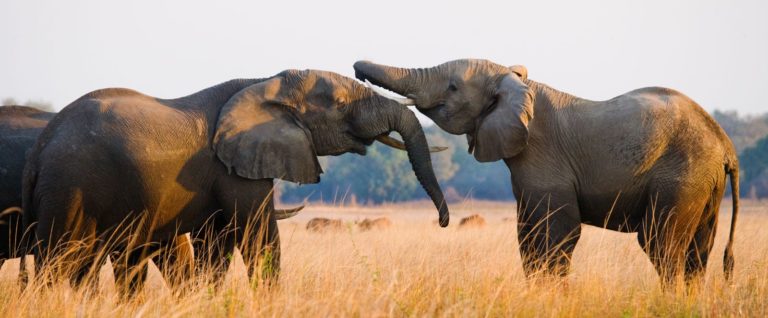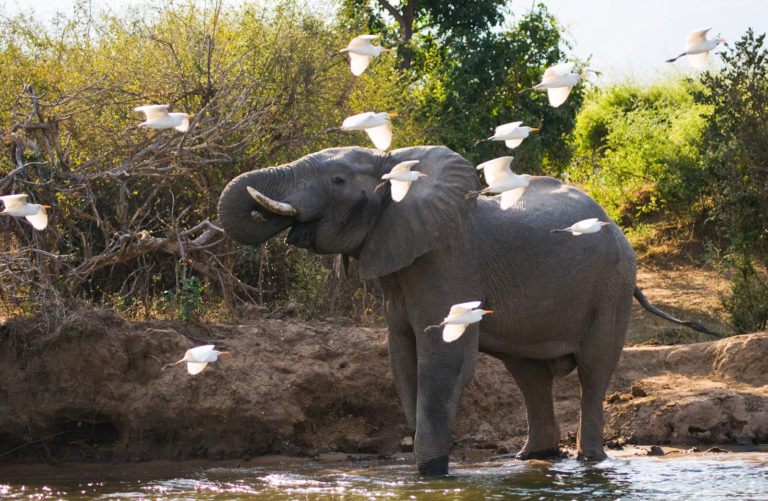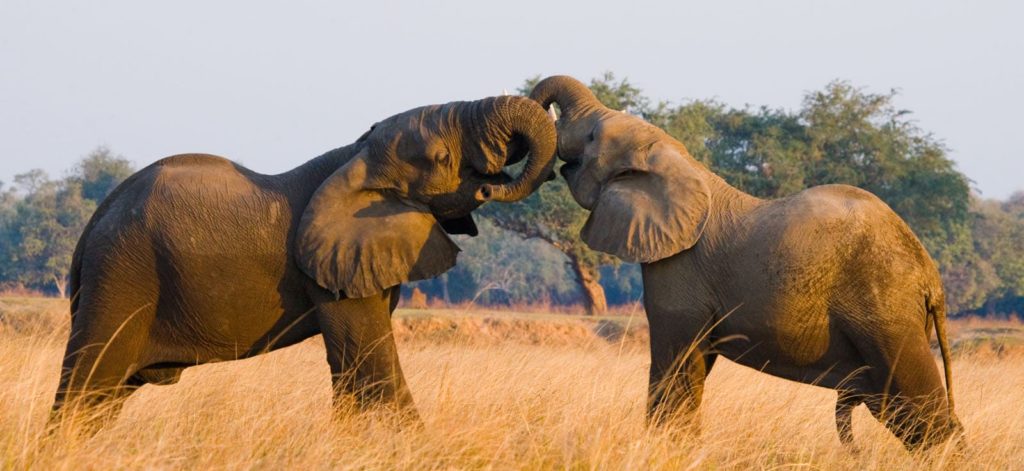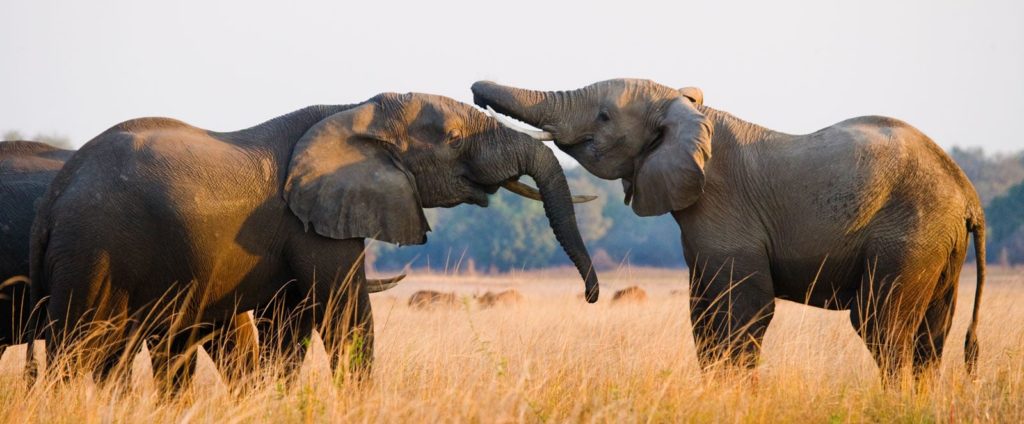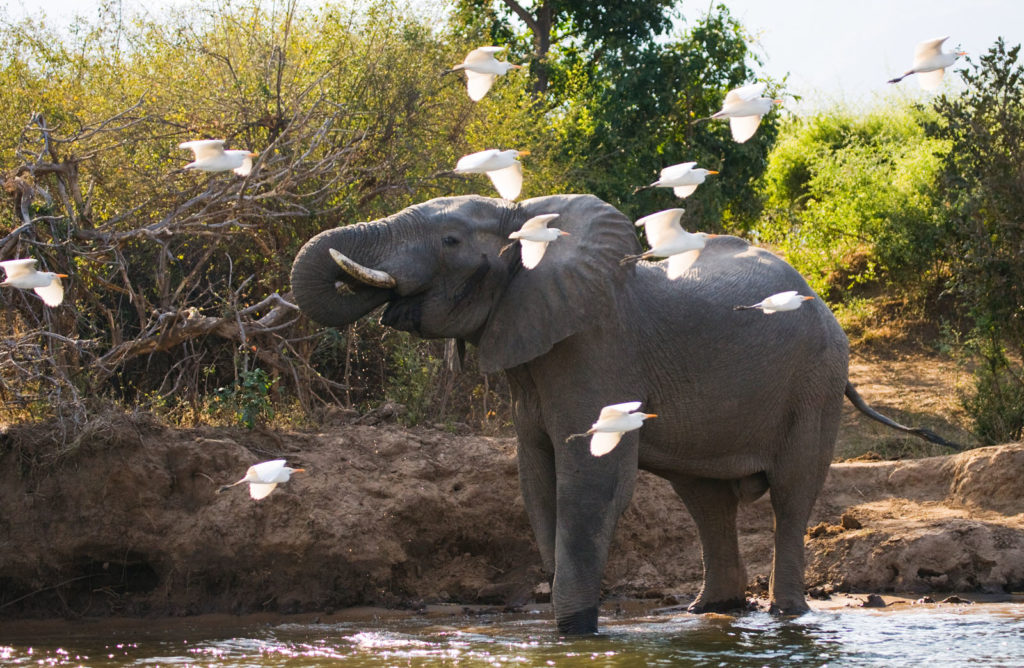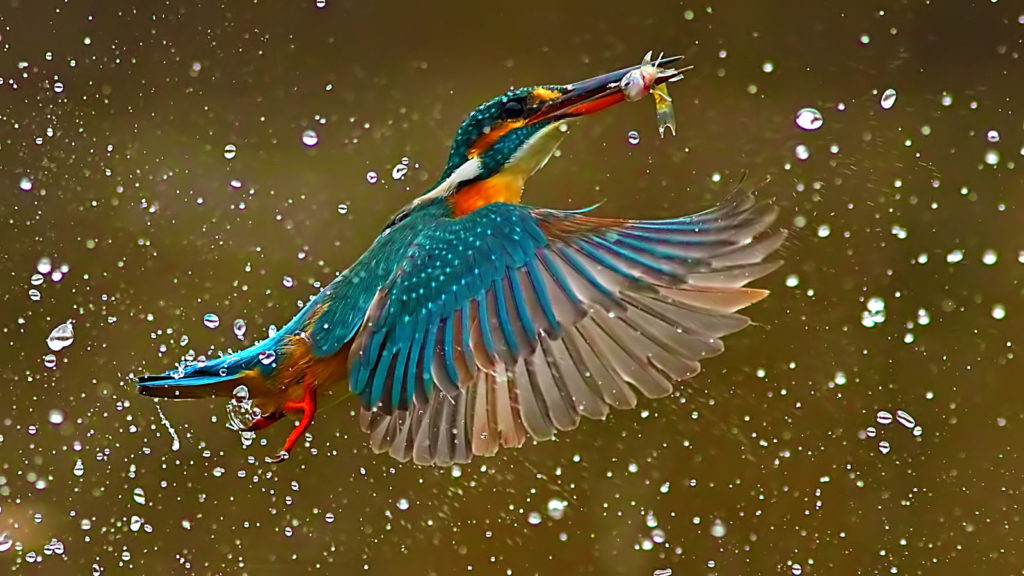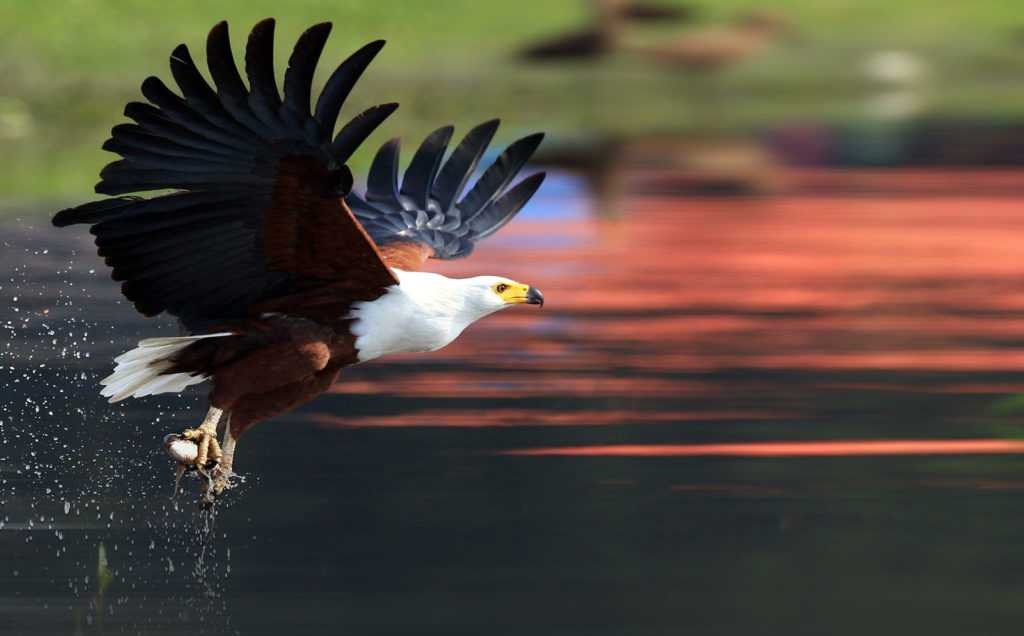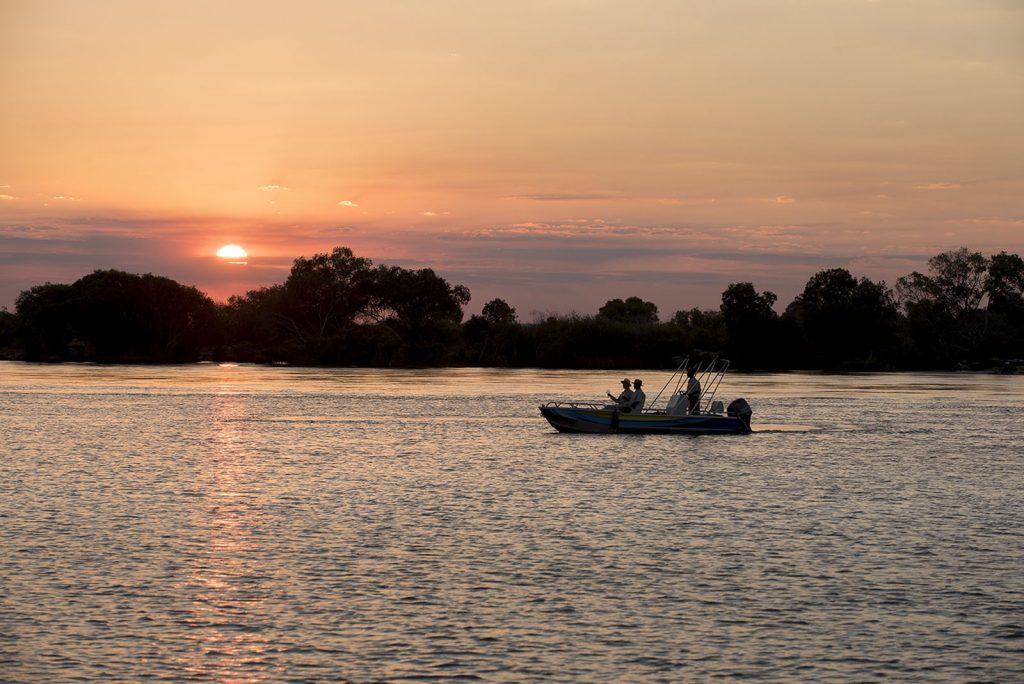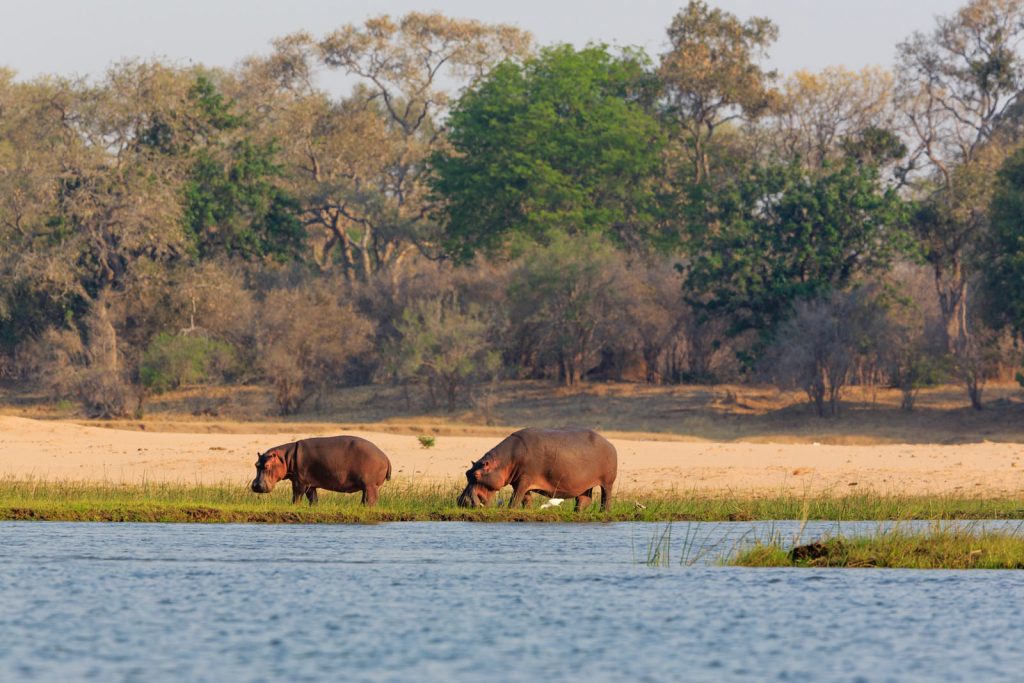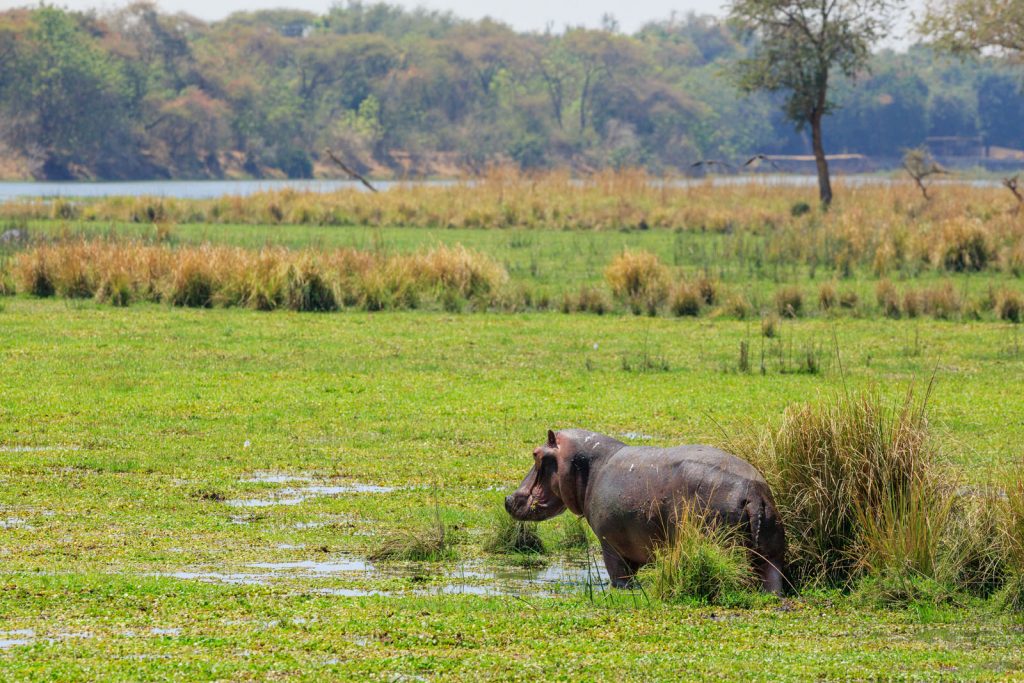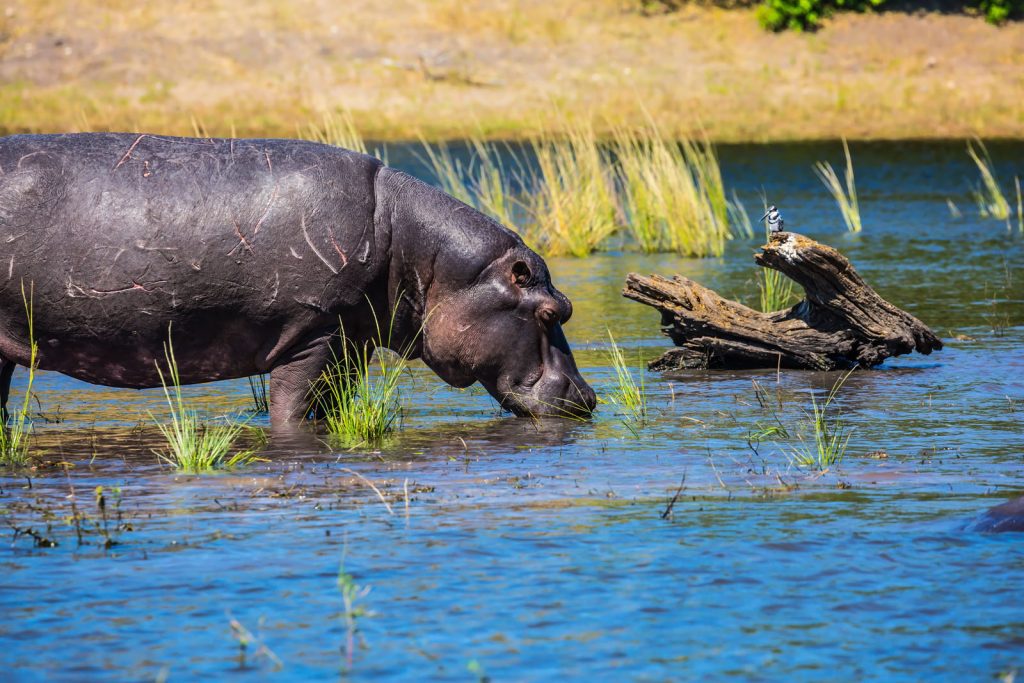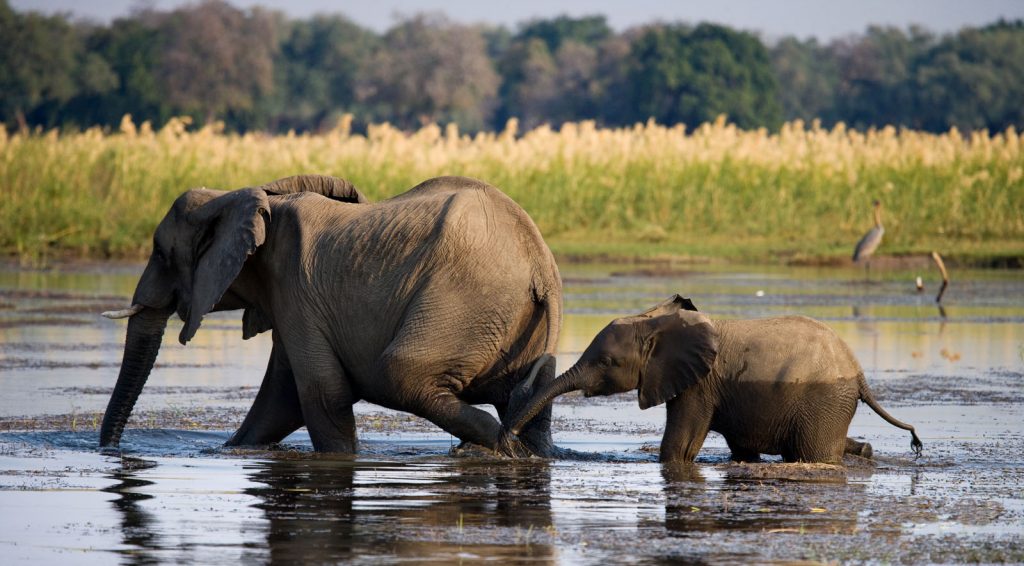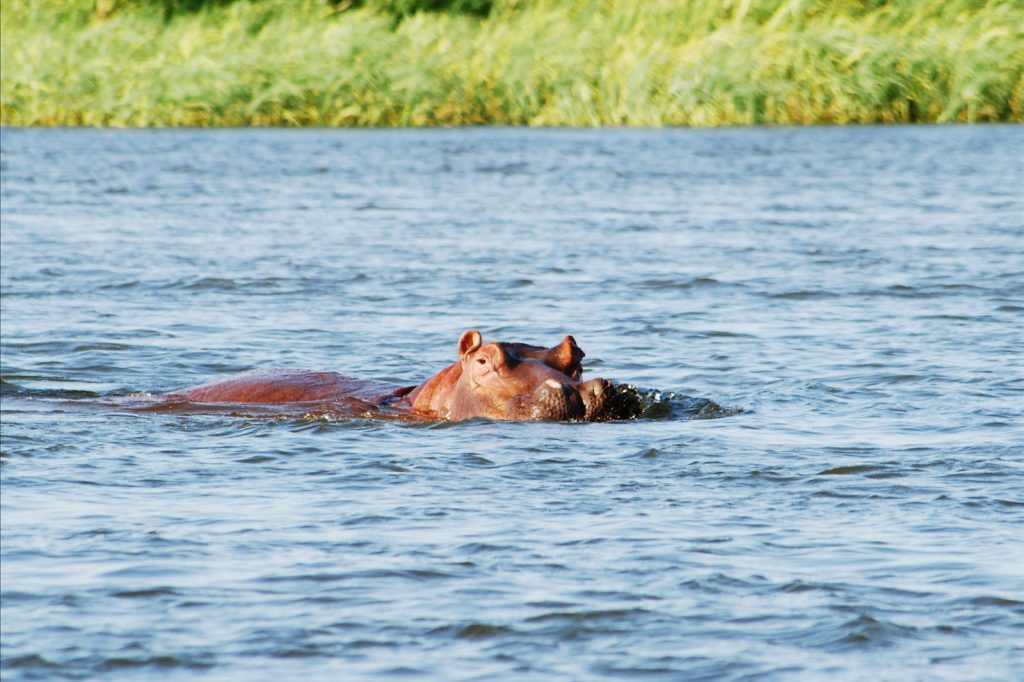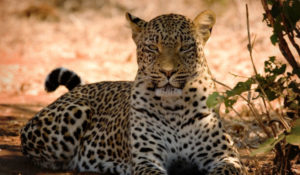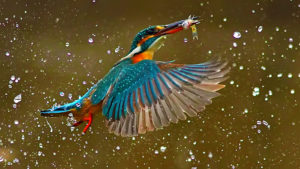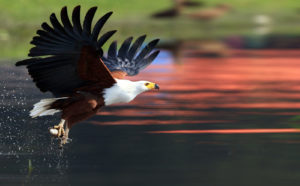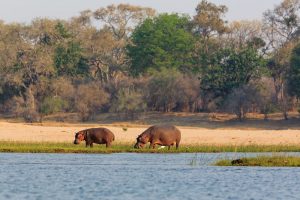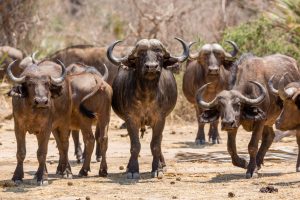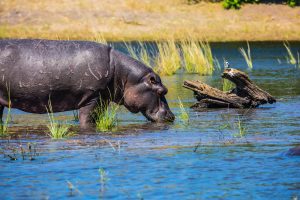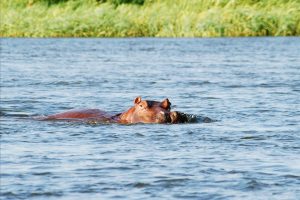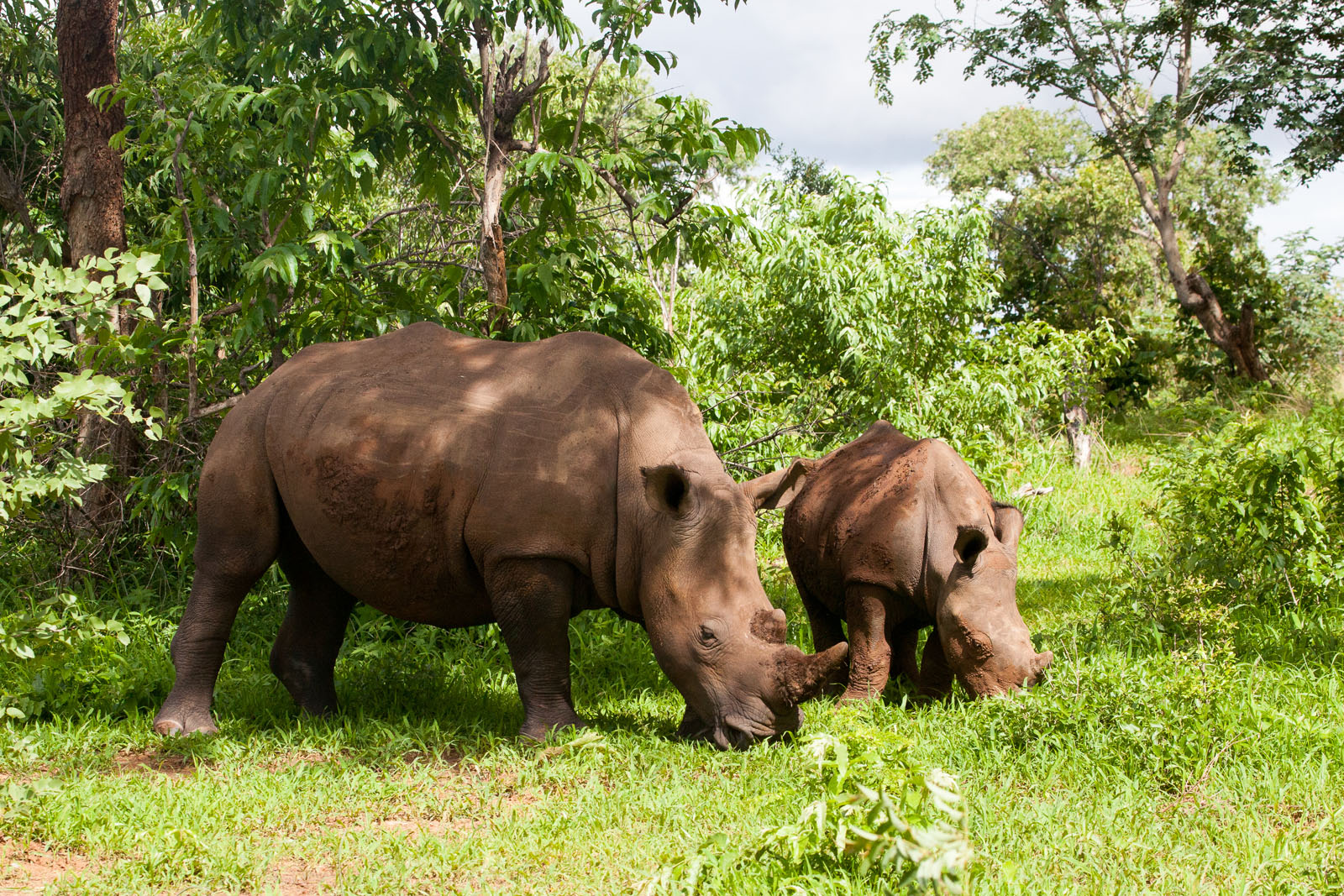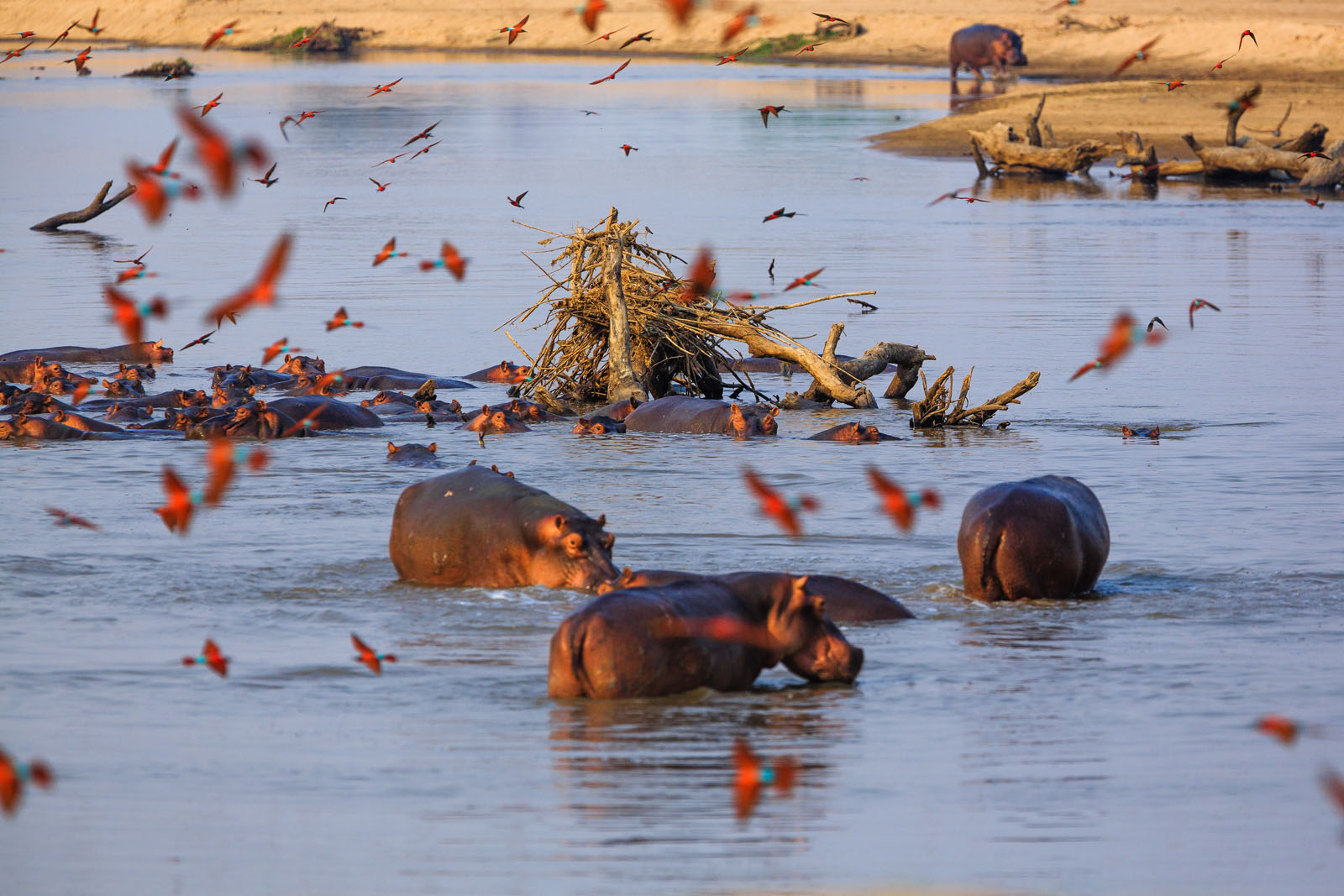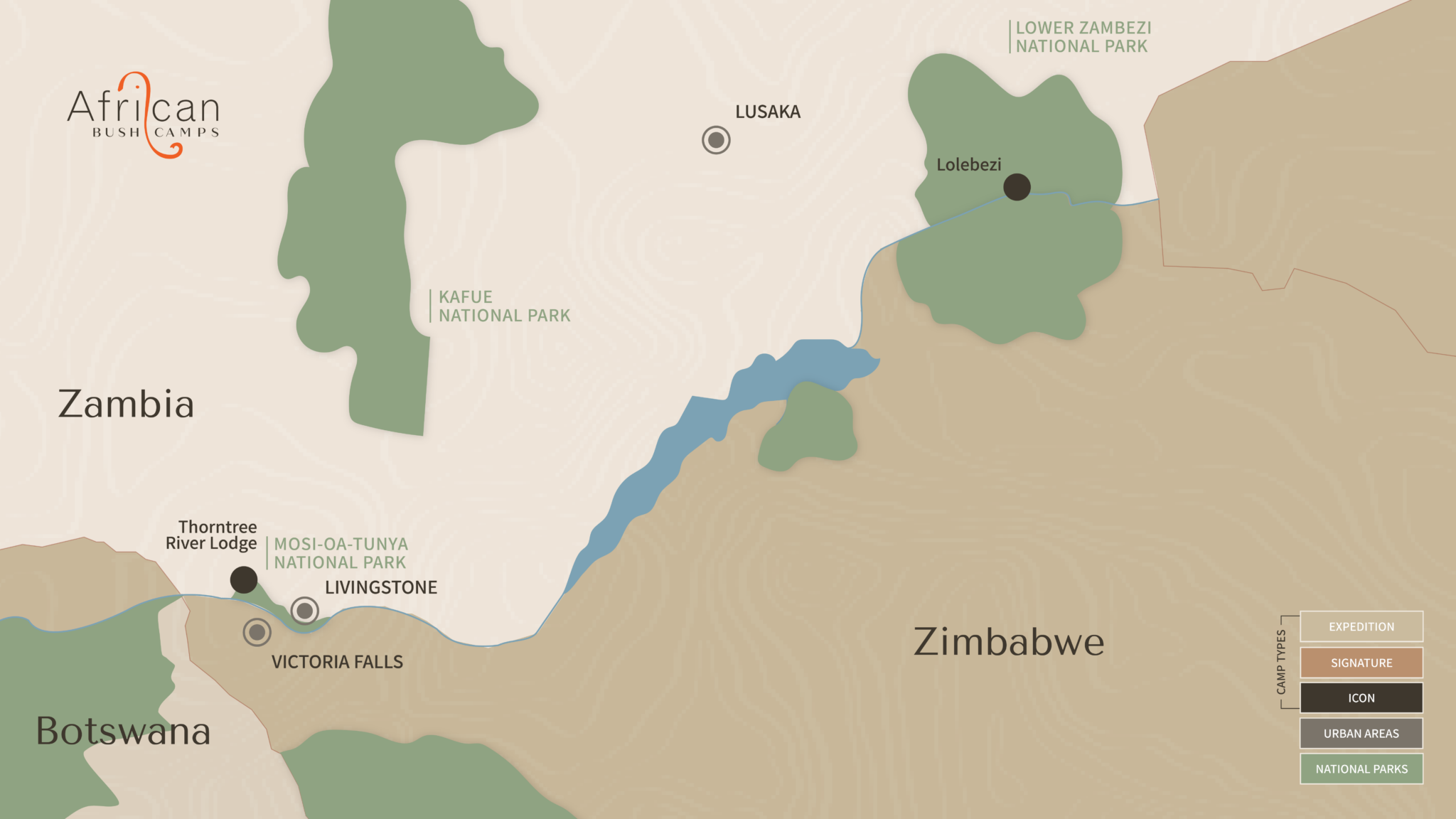A place where Africa’s most unspoilt nature stretches out in front of you
The Lower Zambezi National Park runs beautifully along the Zambezi River and borders Zimbabwe’s Mana Pools National Park. Ones love for the Lower Zambezi stems from the seemingly never-ending unspoiled vegetation and the lack of fencing that allows animals to roam freely around the National Park. Not to mention the clear, exquisite night skies sparkling with more stars than one could imagine.
The remoteness of the Lower Zambezi is one of its biggest drawcards for most travellers as traces of people are hard to find – a rarity in the modern world. Here, you’ll be swept away by the park’s big herds of elephant and buffalo, it’s sunbathing crocodiles, sleeping lions, stealthy leopards, lively African wild dogs and many more exotic species. This also happens to be a fantastic spot for fishing, with healthy tiger fish and bream often caught along the lush riverbanks.
It’s been said this is Zambia’s most beautiful park, and we’re inclined to agree…


